

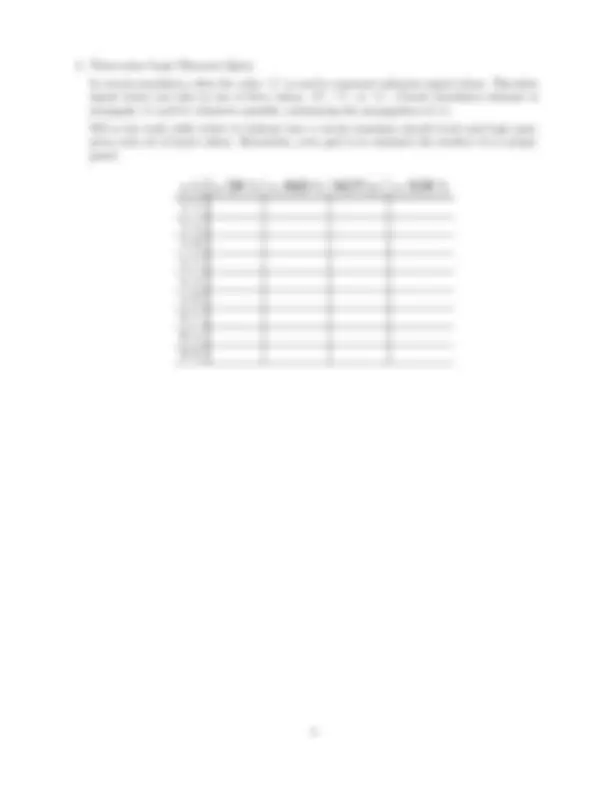
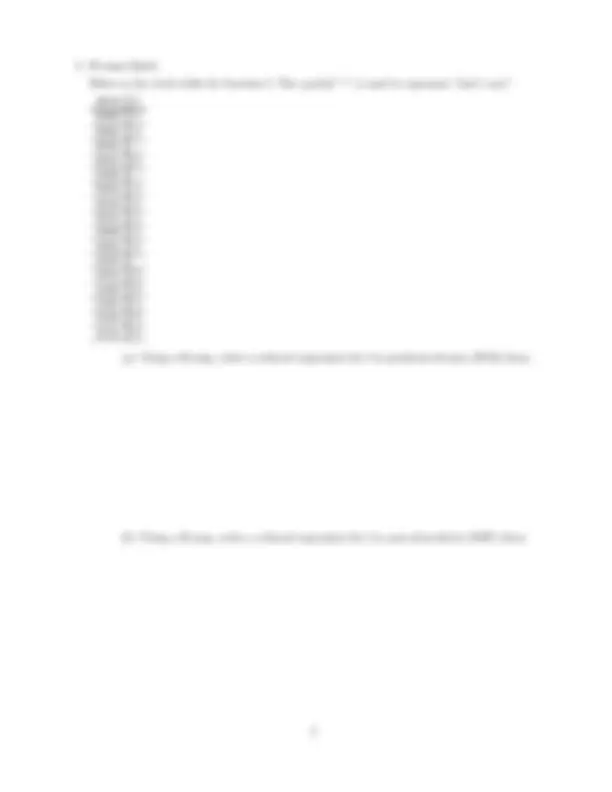
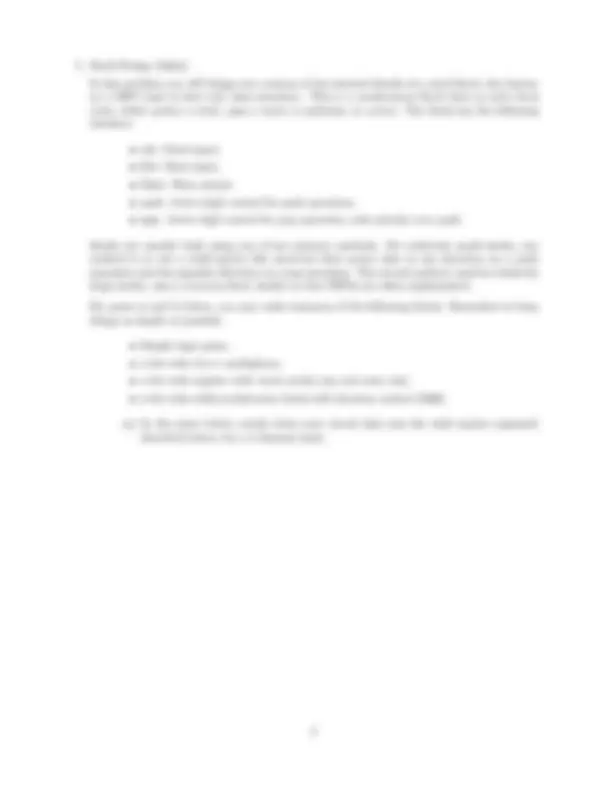
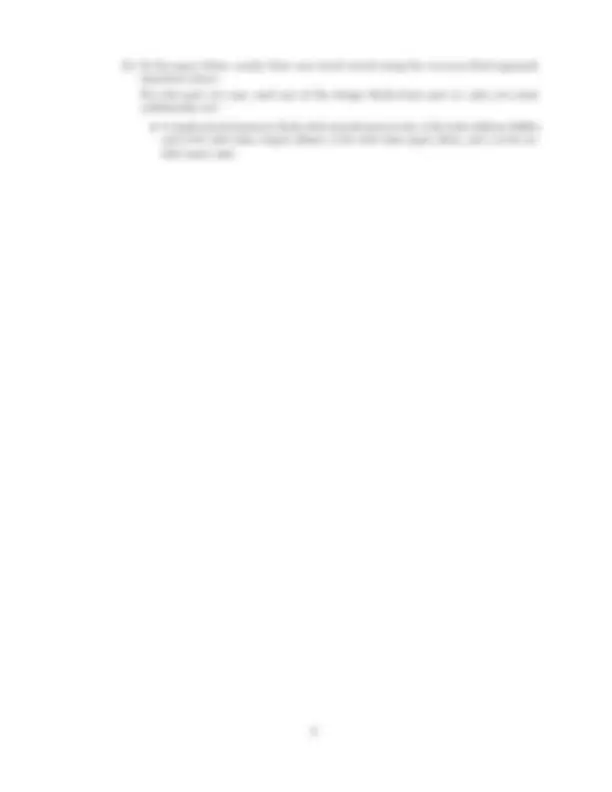
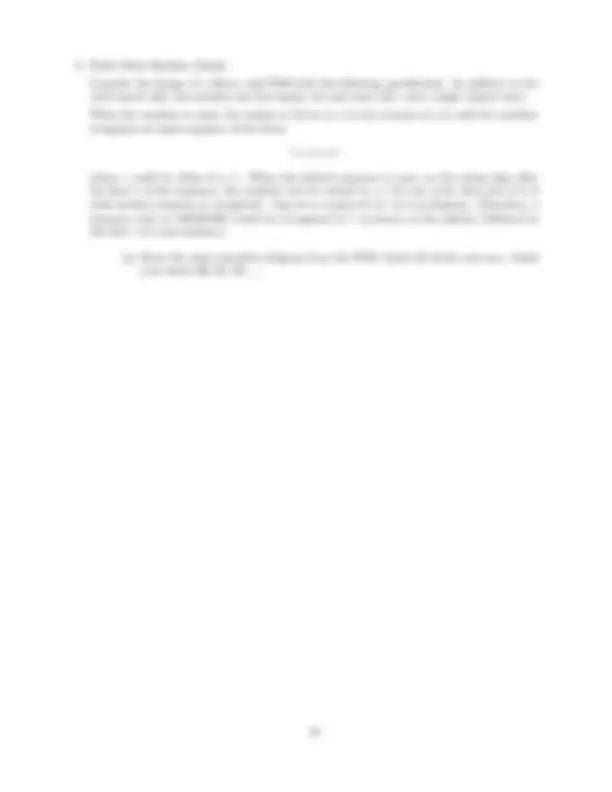
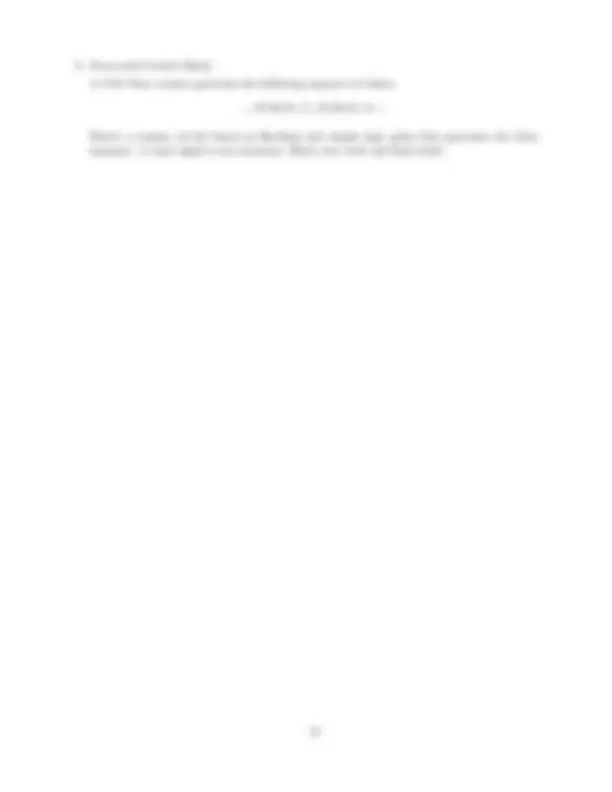
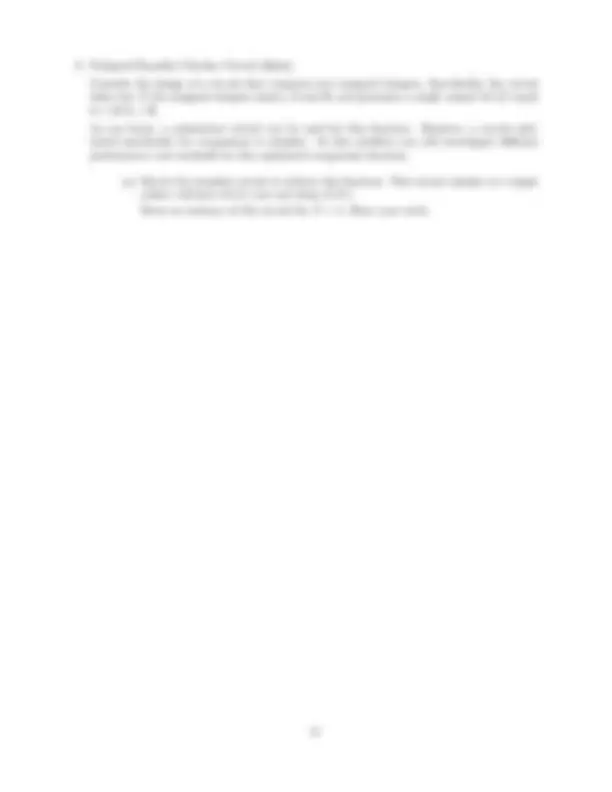

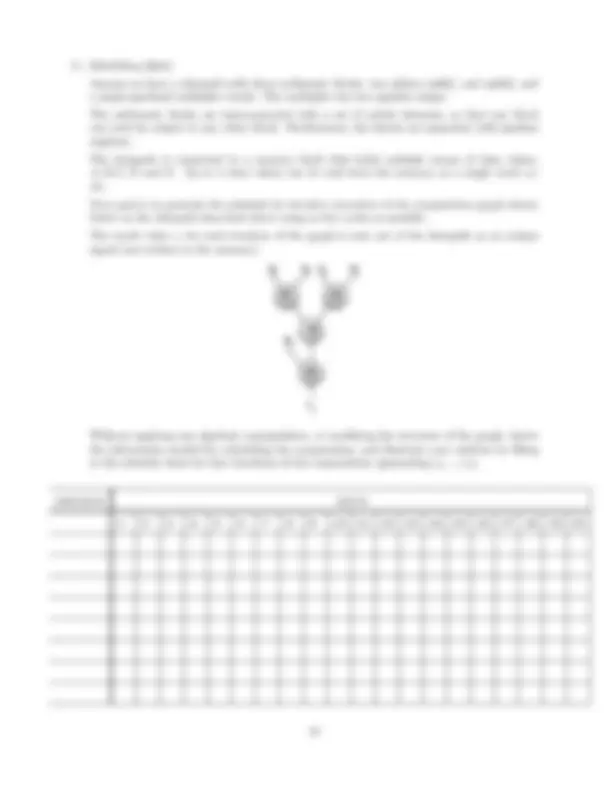








Study with the several resources on Docsity

Earn points by helping other students or get them with a premium plan


Prepare for your exams
Study with the several resources on Docsity

Earn points to download
Earn points by helping other students or get them with a premium plan
Community
Ask the community for help and clear up your study doubts
Discover the best universities in your country according to Docsity users
Free resources
Download our free guides on studying techniques, anxiety management strategies, and thesis advice from Docsity tutors
The final exam questions for the university of california, berkeley, department of electrical engineering and computer sciences (eecs), course eecs150, taught by j. Wawrzynek, held in spring 2010. The exam covers various topics in digital logic design, including multiplexors, three-value logic elements, k-maps, tree engines, stack design, finite state machines, nand/nor circuits, gray counters, unsigned equality checker circuits, constant multipliers, and scheduling.
Typology: Exams
1 / 24

This page cannot be seen from the preview
Don't miss anything!

















University of California at Berkeley College of Engineering Department of Electrical Engineering and Computer Sciences
EECS150 J. Wawrzynek Spring 2010 May 10, 2010
This is a closed-book, closed-note exam. No calculators or any other electronic devices, please.
Read all the questions before you begin. Each question is marked with its number of points (one point per expected minute of time). Although you might not need it, you have 3 hours.
You can tear off the spare pages at the end of the booklet and/or use the backs of the pages to work out your answers. Neatly copy your answer to the places allocated for them.
Neatness counts. We will deduct points if we need to work hard to understand your an- swer. Simplicity also counts. In the design problems, correct simpler designs with fewer components will be awarded a higher score than more complex designs with more components.
Put your name and SID on each page.
problem maximum score
1 6pts
2 6pts
3 8pts
4 22pts
5 16pts
6 12pts
7 10pts
8 6pts
9 20pts
10 8pts
11 6pts
Total 120pts
In circuit simulation, often the value “x” is used to represent unknown signal values. Therefore signal values can take on one of three values, “0”, “1”, or “x”. Circuit simulators attempt to propagate 1’s and 0’s whenever possible, minimizing the propagation of x’s. Fill in the truth table below to indicate how a circuit simulator should treat each logic gate, given each set of input values. Remember, your goal is to minimize the number of x’s propa- gated.
a b a OR b a AND b NOT(a) a XOR b 1 1 1 x 1 0 x 1 x x x 0 0 1 0 x 0 0
Below is the truth table for function f. The symbol “-” is used to represent “don’t care”.
(a) Using a K-map, write a reduced expression for f in products-of-sums (POS) form:
(b) Using a K-map, write a reduced expression for f in sum-of-products (SOP) form:
(b) In the space below, neatly draw your datapath of the tree engine. Circle the control signals—the signals you intend to generate from a controller external to the datapath, or signals from the datapath back to the controller. Label all circuit inputs and outputs.
In this problem you will design two versions of the internal details of a stack block, also known as a LIFO (last in first out) data structure. This is a synchronous block that on each clock cycle, either pushes a word, pops a word, or performs no action. The block has the following interface:
Stacks are usually built using one of two primary methods. For relatively small stacks, one method is to use a shift-register like structure that moves data in one direction on a push operation and the opposite direction on a pop operation. The second method, used for relatively large stacks, uses a memory block, similar to how FIFOs are often implemented. For parts a) and b) below, you may make instances of the following blocks. Remember to keep things as simple as possible.
(a) In the space below, neatly draw your circuit that uses the shift register approach described above, for a 4 element stack.
Consider the design of a Moore style FSM with the following specification. In addition to the clock input (clk), the machine has two inputs (in) and reset (rst), and a single output (out). When the machine is reset, the output is driven to a 0 and remains at a 0 until the machine recognizes an input sequence of the form:
1 ∗ ∗ 1 ∗ ∗ 1
where ∗ could be either 0 or 1. When the desired sequence is seen, on the rising edge after the final 1 of the sequence, the machine sets its output to a 1 for one cycle, then sets it to 0 until another sequence is recognized. Sequences recognized are non-overlapping. (Therefore, a sequence such as 1001001001 would be recognized as 1 occurence of the pattern, followed by the first 1 of a new pattern.)
(a) Draw the state transition diagram from the FSM. Label all circles and arcs. Label your states S0, S1, S2, ...
(b) Based on your state transition diagram, draw the gate level circuitry for the FSM, with a one-hot encoding of the states. Assume that the flip-flops available to you have only data in (d) and clock (clk) inputs, and data out (q).
A 2-bit Gray counter generates the following sequence of values:
..., 10 , 00 , 01 , 11 , 10 , 00 , 01 , 11 , ...
Derive a counter circuit based on flip-flops and simple logic gates that generates the Gray sequence. A reset signal is not necessary. Show your work and final result.
Consider the design of a circuit that compares two unsigned integers. Specifically, the circuit takes two N -bit unsigned integers inputs, A and B, and generates a single output bit (f) equal to 1 iff A > B. As you know, a substractor circuit can be used for this function. However, a circuit opti- mized specifically for comparison is simplier. In this problem you will investigate different performance–cost tradeoffs for this optimized comparison function.
(a) Derive the simplest circuit to achieve this function. This circuit (similar to a ripple adder) will have O(N ) cost and delay O(N ). Draw an instance of this circuit for N = 4. Show your work.
(c) Derive a strategy for improving the performance of your circuit from part a) to have O(log(N )) delay and O(N ) cost. Draw a circuit to illustrate the structure of your circuit, for N = 8.
Consider the design of a circuit for multiplying a constant, C, with a signed two-complement variable, X, such that Y = C × X. In this problem, let C = 13 10 , and assume X is a 6-bit variable. Using only full-adder blocks (1- bit adders), in the space below, draw a multiplier circuit. Your design objective is to minimize the total number of full-adder blocks, as well as the delay from input to output. Give priority to cost over delay.
Spare page. Will not be graded.